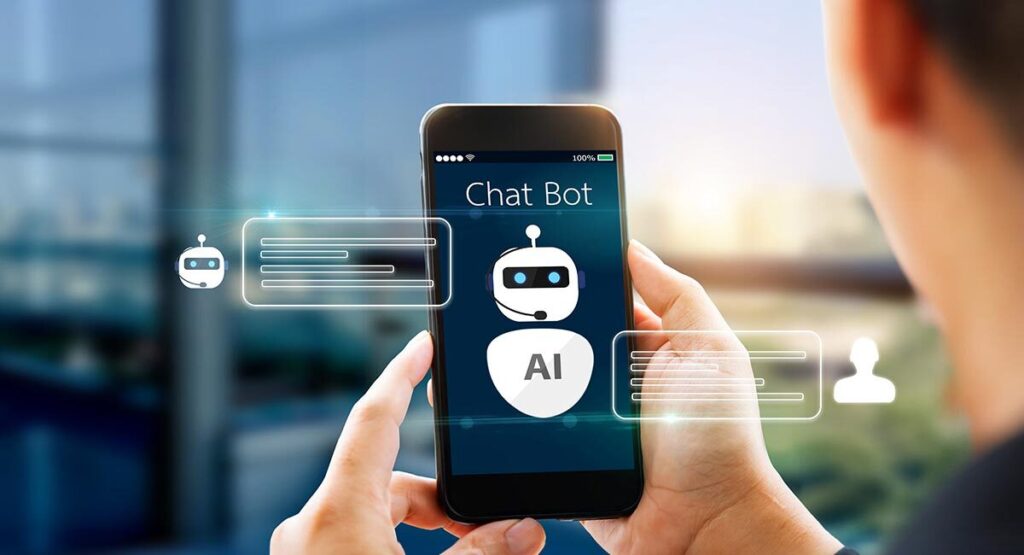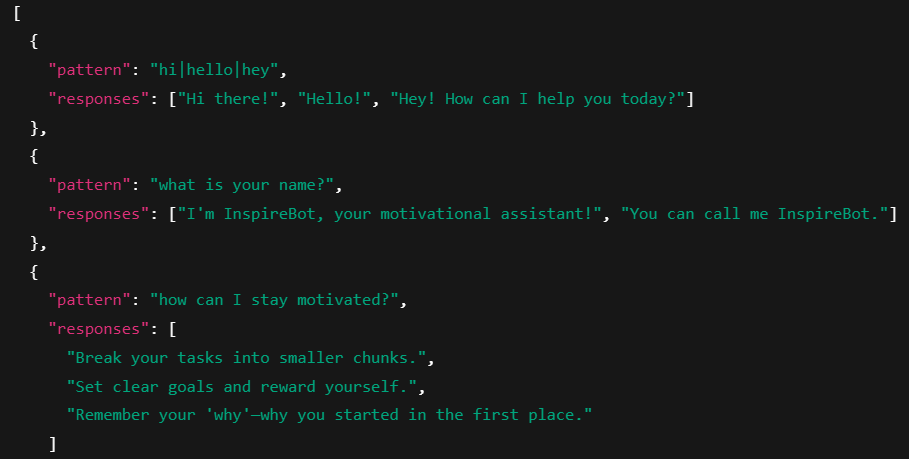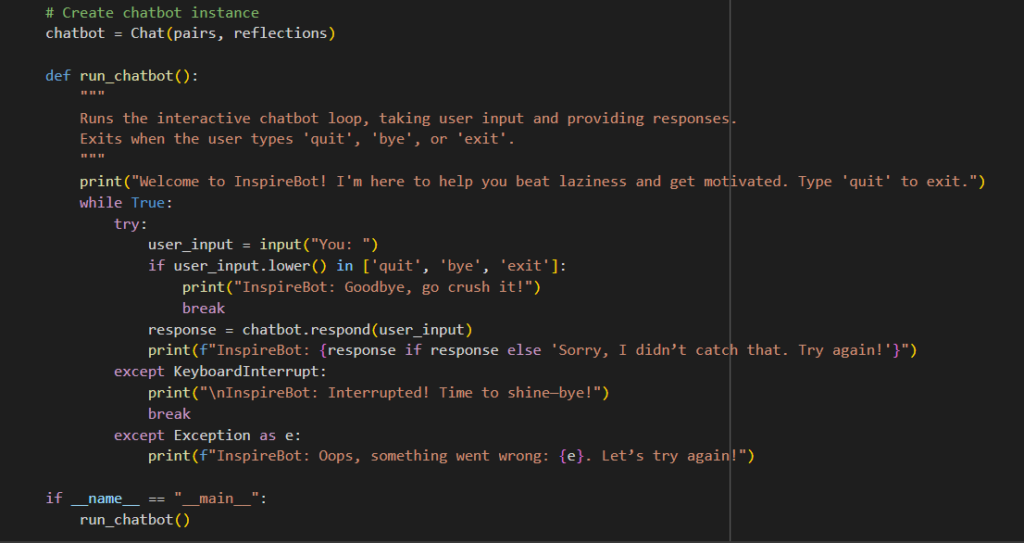Blog
Cloud computing is now a commercial need rather than a competitive advantage in the era of Industry 4.0. To…
by Maliha
July 2, 2025
Blog
Chatbots have revolutionized the way we engage with technology. Their effect is extensive, ranging from providing customer service to serving as personal assistants. If you’re looking to start building a chatbot in python using nltk, you’re in the right place. In this tutorial, we’ll guide you through creating a basic Python chatbot from scratch using NLTK, explain how it works, and provide an understanding of natural language processing (NLP) concepts.
Regardless of your background, whether you are a student, developer, or tech enthusiast, this blog will provide you with a practical understanding of how to create a chatbot with NLTK. Let’s start this fun project with WeCloudData– The leading data and AI training academy!
The Natural Language Toolkit (NLTK) is one of the most powerful and versatile Python libraries for working with human language data. It provides easy-to-use interfaces to over 50 corpora and lexical resources such as WordNet, along with a suite of text processing libraries for classification, tokenization, stemming, tagging, parsing, and semantic reasoning, wrappers for industrial-strength NLP libraries, and an active discussion forum. It’s widely used in both academia and industry for a variety of natural language processing (NLP) tasks.
In this tutorial, we will use “ nltk.chat.util.Chat”. A convenient way to build a chatbot using NLTK without machine learning. This makes it perfect for prototyping, learning, or creating rule-based assistants like this “InspireBot”.
A chatbot, originally known as a chatterbot, is a software application or web interface designed to have textual or spoken conversations, mimicking human-like conversations. Chatbots can be rule-based or AI-driven:
In this blog, our focus is on building a simple rule-based chatbot using NLTK. We named it Inspire-Bot because its motive is to give motivation to lazy or demotivated users. This mini project gives a solid foundation for more advanced chatbot projects.

NLTK is one of the most powerful NLP packages to create a chatbot from scratch and is perfect for beginners to learn and practice. NLTK features for chatbot include:
Now that you know the fundamentals of chatbots and why NLTK is an excellent tool for natural language processing, it’s time to get your hands dirty. This section will guide you through the process of creating a simple, motivational chatbot using Python and NLTK, step by step.
You will have a functional conversational bot that is ready to inspire by the end of this section, and reacts to user input with predefined replies!
Before exploring the code, let’s first understand the functions of the chatbot before delving into the code:
The first step is to import these libraries and download the required NLTK component.

Data is the most important element of a chatbot. The data used for the chatbot usually has conversation patterns and corresponding responses that it uses to interact with users. Here is the lightweight, readable data format that we used for this project. We use the list of dictionaries in JSON format and save it in a text file, and pass it to our code for further processing.

This is the function to read the pairs.txt file and transform information into a format that the NLTK can understand.
In this line of code you will:
This step ensures chatbot knows what inputs to expect and what responses to return to the user.
The next step in building a chatbot in python using nltk is that once the data is loaded next step is to initialize an instance of Chat Class. This is the core engine that powers this chatbot.

This line of code guide NLTK:
After chatbot has been configured with the data and is prepared to interact with user, we need a medium through which user can interact with it. This is where the chat loop comes in.
What this loop block do:

We use ‘While loop’ that keeps the chatbot running until the user wants to stop, making chatbot interactive rather than just responding once and exiting.

Well done! You learnt how to use Python and NLTK to create your first chatbot, from understanding the structure of chatbot data to creating an interaction loop that makes your bot work. Even though it was a pattern-matching-powered rule-based chatbot, this is a good introduction to natural language processing (NLP). You can experiment with advanced chatbot frameworks by using machine learning and NLP.
Tools like NLTK offer the ideal starting point for developing more sophisticated conversational agents or beginning your NLP career. So go ahead, tweak your patterns, improve the responses, and most importantly; have fun experimenting. Your chatbot journey has just begun!
If you’re enjoying this tutorial and want to go beyond simple rule-based chatbots, then the WeCloudData NLP course is your next step.
WeCloudData is a top-rated online education platform trusted by data professionals across North America and beyond. Their Natural Language Processing (NLP) course is designed for real-world applications and job-ready skills.
"*" indicates required fields

WeCloudData is the leading data science and AI academy. Our blended learning courses have helped thousands of learners and many enterprises make successful leaps in their data journeys.
"*" indicates required fields
Canada:
180 Bloor St W #1003
Toronto, ON, Canada M5S 2V6
US:
16192 Coastal Hwy
Lewes, DE 19958, USA